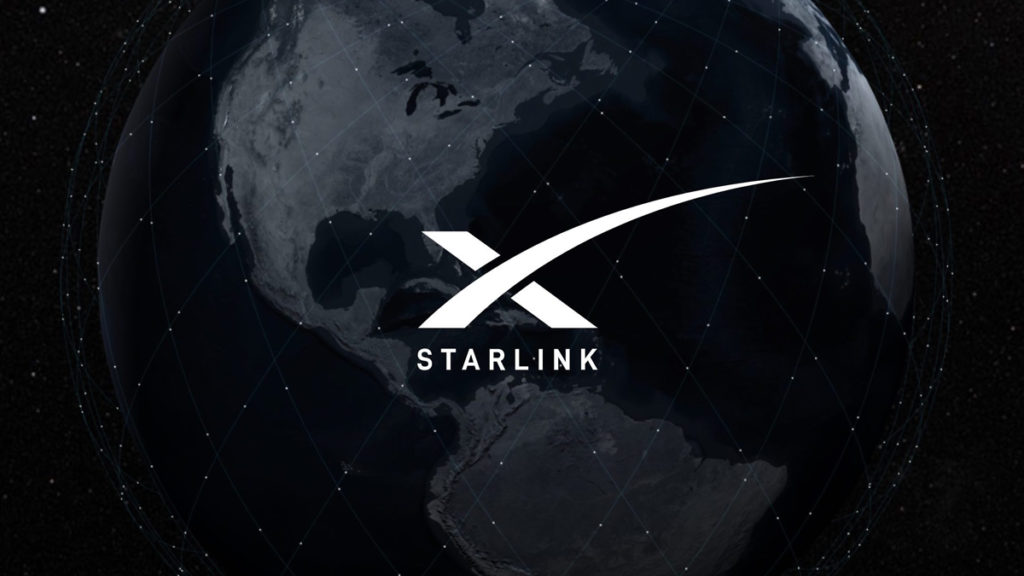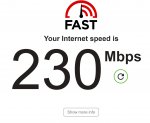- Joined
- May 6, 2019
- Messages
- 12,577
- Points
- 113
Image: Starlink
An increasing number of beta testers for Starlink, SpaceX’s satellite-based internet service, are reporting impressive data speeds that are quite a bit higher than the 50 Mb/s to 150 Mb/s speeds that are advertised on official marketing materials. The latest comes from a user in California, who shared speed tests with Wcctech suggesting that Starlink can now provide speeds of up to 200 Mb/s on select occasions. That’s much better than competitors HughesNet and Viasat, which reportedly max out at around 20 Mbps and 25 Mbps. Tesla and SpaceX CEO Elon Musk tweeted in February that Starlink speeds would be increased to 300 Mb/s this year...
Continue reading...

